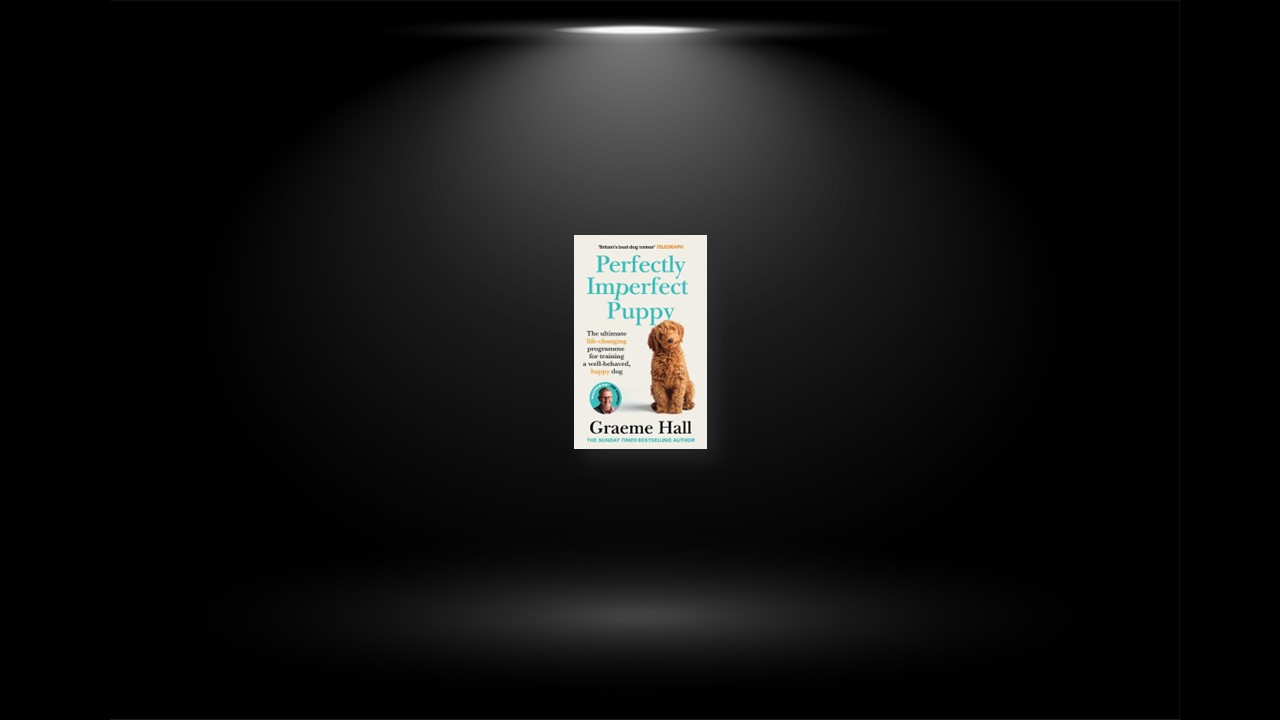Bringing them into the house
The main thing here is to have the house nice and calm and quiet for the first time your puppy comes home. This is not the moment to be throwing that surprise 50th for your other half, with all the relatives and next door’s uncle letting off a load of party poppers when they walk in.
If you’ve got young children at home, brief them on the importance of keeping the environment low-key and as unsurprising as possible for their new pal. This little puppy has already experienced more new sights and sounds in one day than they have in their entire, albeit short, life so gentle voices and kind hands – no tight squeezing! – are the order of the day.
Using puppy pads in the first few days
Yes, it will keep your floors dry, but equally if you have pads everywhere, your puppy will never learn to distinguish between where it’s OK to wee and where it definitely isn’t. It’s also worth remembering that even if they do wee and poo on their pads, they are still doing it inside your house – and that is not what we are aiming to achieve here!
Still, they can be helpful and you might as well have a couple around from the start. The author recommends putting one at one side of their crate because, like most animals, puppies instinctively don’t want to wee where they sleep. So, if they are all cosy on the vet bedding at one end of the crate, they will more than likely choose to wee on the puppy pad at the other end of the crate.
Place another one by the back door, so that when they are pootling around and notice the pad by the door, they will recognise it as similar to the one where they did a wee in the crate. Eventually, you will begin to move the pad outside of the door and your puppy will discover the joy of doing their business on the grass. Until then, puppy pads are a means to an end.
Separation anxiety
does not come easily to them. As such, we need to gradually get them used to the idea that being by themselves will happen occasionally, that it is okay, and that you do always come back. Try to avoid a ‘cold turkey’ situation where your puppy is suddenly expected to cope with you being gone for eight hours and instead, make the time to practise being apart from you.
You can do this without even leaving the house at first. Choose a time after a walk or a period of play and activity and put your puppy in their crate or a secure room such as a utility room. You may hear some pining and scratching at the door, but if you know that they are tired, it should very quickly recede as they drop off to sleep. If you think you can do it without waking the dog, open the door while they are asleep, so that they can come and find you when they wake up. If you have a light-sleeper, just wait until they wake up and let you know they are ready to come out.
However – do not open the door when they are barking or making a fuss. Wait until the quiet moment comes, which it will, and then open the door. Your puppy needs to think, I get it, when I’m quiet they come back!
Keep repeating this technique, leaving it a little longer each time you are gone, so that your puppy knows you do come back and becomes accustomed to longer periods of time away from you. The author suggests you start with a very short period – a minute or less – and build things up slowly. Patience is a virtue (seldom found in a woman, but never in a man, according to my grandma!).
The golden window: When to start socialisation
There is a golden window of opportunity when training a puppy, known as the ‘socialisation period’. In much the same way as a two-year-old toddler absorbs information so rapidly, your puppy’s brain is exceptionally open to learning new things in the period between around four and twelve weeks old. At this age, their brain is literally like a sponge and can absorb and store masses of information about the world they find themselves in. The more ‘good’ information they can absorb at this stage, the better adjusted and happy they will be as an adult dog.
If you’re bringing your pup home around the ideal eight-week mark, your breeder will hopefully have begun socialising your puppy already. They will have been to the vet for their first health check and to have had their microchip implanted. They might also have met a few new people if the breeder has introduced them to potential new owners.
Socialisation: How do you do it?
If they seems scared, do your best not to use phrases like ‘good boy/girl’ (as in ‘It’s OK, good boy!’). It’s surprisingly easy to fall into this trap because we naturally feel sorry for them, but we want to avoid the association that fear = ‘good boy’. Don’t get any nearer to the thing that is scaring them, give them time and try not to reward the fear accidentally.
Try to think like your puppy! Too many new and exciting experiences in one day will overwhelm and exhaust them. Introduce new sights, sounds and situations to them one at a time. Sometimes your puppy’s ‘good’ behaviour will be passive, by which the author means behaviour that doesn’t necessarily jump out at you, such as meeting another dog calmly or remaining quiet when someone comes to the door. The key is to look out for and praise the good behaviour; ignore the bad. Remember that sometimes no response is exactly what we’re after.
What is grooming, then?
Introduce brushing your puppy’s fur from as soon as they come home. It doesn’t need to be thorough or involve putting any pressure on them or their body at all. It is simply to get them used to the idea that they get tickled with this brush occasionally and that it is quite enjoyable.
Do it after a busy period of exercise; after a walk or playing in the garden is the perfect time. This way they will be tired and more likely to accept being brushed. It also sets up the idea for later life when you bring them home covered in mud and need to clean them up.
Praise them while you are brushing them, which lets them know it makes you happy when they let you do this. Slow, calm hands will feel reassuring and keep your puppy steady. If they seem unhappy or try to bite the brush, simply tell them NO and leave it for now. Come back again and try with a shorter period of brushing or after a particularly long burst of energy, when they are feeling more relaxed. Avoid brushing their head and ears. Dog’s heads are full of all their most vital senses and organs, which makes them extremely sensitive.
When Is a Puppy No Longer a Puppy?
Officially, the answer is when they are one year old. Vets and dog food manufacturers and pretty much every product or service you can buy for your dog, tend to see the 12-month mark as the official transition from puppy to worldly-wise adult dog.
The proper answer, of course, is that putting a time on it is kind of arbitrary. Dogs are all different and have staggeringly varied life expectancies. Great Danes, for example, live for around eight years. While some terriers can reach the grand old age of twenty! These two dogs can be born on the same day and eight years later, one can be at the end of its life and the other not yet even middle-aged.
There’s also a thing called temperament. Many puppies continue to behave in a puppy-like way well into their third and fourth year. While some dogs seem to become pensioners overnight. The old nature-versus-nurture question is never far from view with dogs, and much of your puppy’s behaviour and general demeanour is influenced not only by genetics but also by how they are treated and interacted with at home.
When your adolescent pup refuses to come back to you and you feel worried that they are being burdensome playing with someone else’s dog, or maybe they’ve stolen someone else’s ball and don’t want to give it back, it can all begin to feel incredibly embarrassing and awkward.
Please bear in mind your puppy has not forgotten all that hard work, or been possessed by the spirit of a demon, even if at times it feels that way. This is a normal part of their development and it’s important that you don’t lose your temper or punish them for it. If other owners complain that your dog is not under control, simply explain that you are in the process of training and your dog is going through their adolescence. If you feel yourself becoming frustrated or unable to manage the situation, it’s perfectly OK to put your puppy on the lead and call it a day for now. It is never worth letting things escalate and potentially creating a negative situation. Puppy training is challenging, and no one, especially your puppy, is perfect. Don’t forget that there are many reputable professional dog trainers who can help, too.
The good news is that dogs do come out of the other side of adolescence, and all of the hard work you have put in during the early stages of their life will really begin to pay off.


